What is your experience with rain during construction?
claymaker1210
14 years ago
Featured Answer
Sort by:Oldest
Comments (34)
worthy
14 years agotracey_b
14 years agoRelated Professionals
Dania Beach Architects & Building Designers · Lexington Architects & Building Designers · Taylors Architects & Building Designers · Orange City Home Builders · Three Lakes General Contractors · Aberdeen General Contractors · Athens General Contractors · Bell General Contractors · Browns Mills General Contractors · Claremont General Contractors · Green Bay General Contractors · Livermore General Contractors · Rancho Cordova General Contractors · Rosemead General Contractors · Troutdale General Contractorstooskinneejs
14 years agosrercrcr
14 years agosierraeast
14 years agomel_bc
14 years agoworthy
14 years agobrickeyee
14 years agodyno
14 years agofirstmmo
14 years agogopintos
14 years agoworthy
14 years agodyno
14 years agosierraeast
14 years agokarenyang
14 years agojuniork
13 years agojoyce_6333
13 years agoworthy
13 years agojuniork
13 years agomotherof3sons
13 years agoworthy
13 years agomotherof3sons
13 years agomacv
13 years agobrickeyee
13 years agoworthy
13 years agoallanb_
last yearlast modified: last yearmillworkman
last yearMark Bischak, Architect
last yearallanb_
last yearmillworkman
last yearlast modified: last yearchispa
last yearSeabornman
last yearBrian Cornwell
last year
Related Stories

HEALTHY HOMEWhat to Know About Controlling Dust During Remodeling
You can't eliminate dust during construction, but there are ways to contain and remove as much of it as possible
Full Story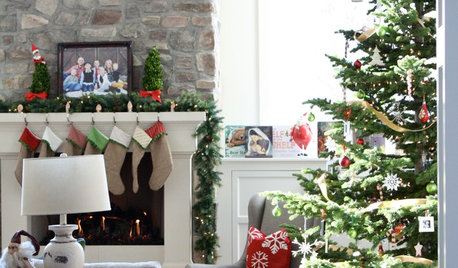
LIFE10 Ways to Work Through Grief Triggers During the Holidays
A year after losing her sister, she was facing another holiday. Here’s how one woman learned to find joy again
Full Story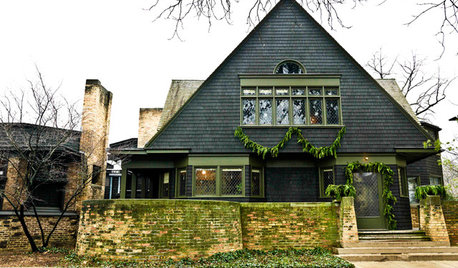
MOST POPULARExperience the Holidays at Frank Lloyd Wright's Home and Studio
Handmade decorations, greenery and gifts show how the famed architect and his family celebrated Christmas in their Oak Park home
Full Story
LIFEThe Good House: An Experience to Remember
A home that enriches us is more than something we own. It invites meaningful experiences and connections
Full Story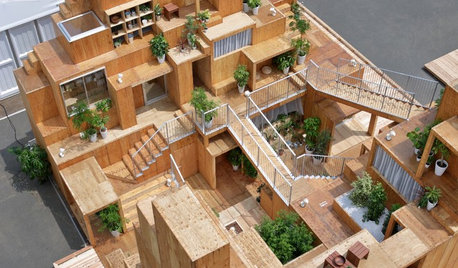
ARCHITECTUREWorld of Design: A Tokyo Exhibit Experiments With the Future of ‘Home’
Japan’s architects and housing industry explore new ideas for dwellings that respond to changes in society, tech and the natural world
Full Story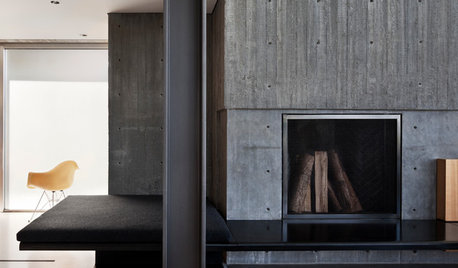
DESIGN PRACTICEDesign Practice: How to Ensure the Best Client Experience
Pro to pro: Learn about standard procedures to make clients happy and things easier on you
Full Story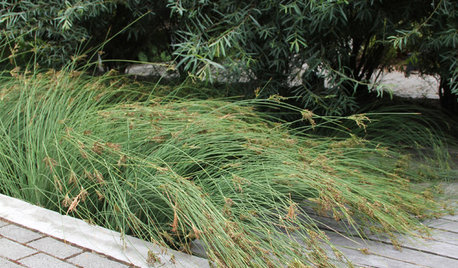
GARDENING GUIDESProtect a Precious Resource With a Rain Garden
Promote pure water and a beautiful landscape with a garden design that makes the most of the rain
Full Story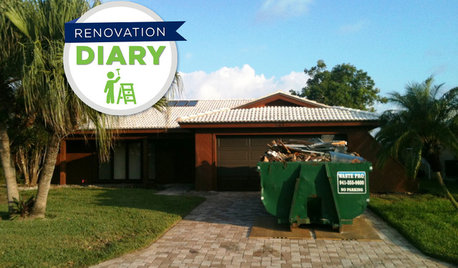
REMODELING GUIDESPlan Your Home Remodel: The Construction Phase
Renovation Diary, Part 3: The Dumpster arrives, and a little designing on the fly comes in handy
Full Story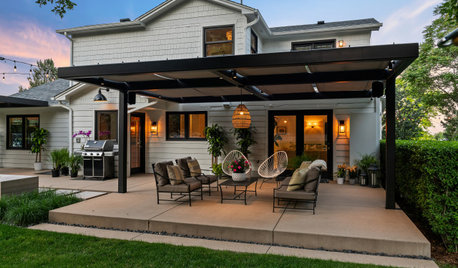
WORKING WITH PROSYour Guide to a Smooth-Running Construction Project
Find out how to save time, money and your sanity when building new or remodeling
Full Story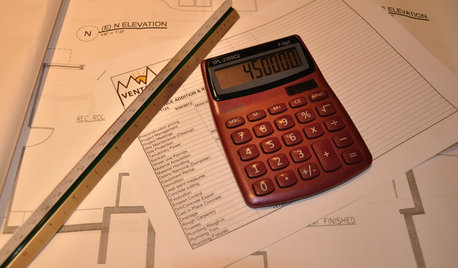
CONTRACTOR TIPSLearn the Lingo of Construction Project Costs
Estimates, bids, ballparks. Know the options and how they’re calculated to get the most accurate project price possible
Full StorySponsored
Columbus Area's Luxury Design Build Firm | 17x Best of Houzz Winner!
More Discussions






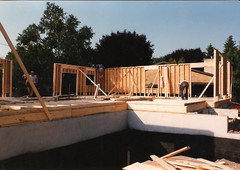
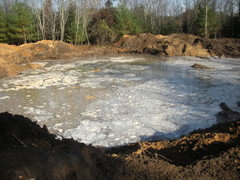
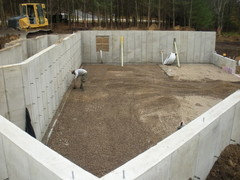
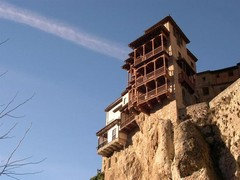
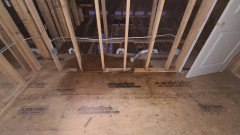
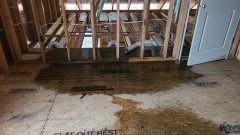


pps7